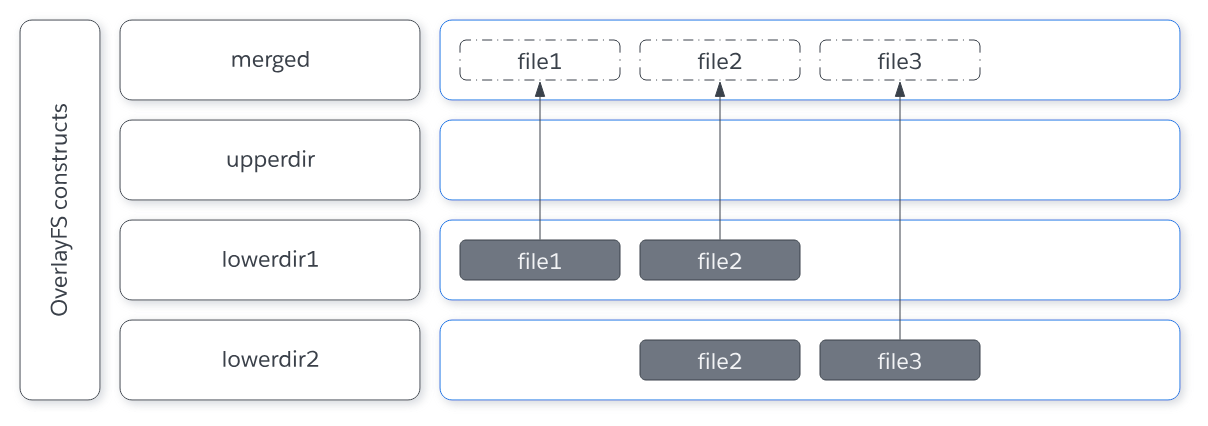Commands
Create - create a new volume
- additional configuration is required for created volumes to be used in docker compose
ls - list the available volumes names and its corresponding drivers
rm - remove a volume that is not used by a container
Prune - remove volumes that are not used by at least 1 container
Find what container is using what volume
docker ps -a --filter volume=VOLUME_NAME_OR_MOUNT_POINTOverview
Docker Volumes are stored in /var/lib/docker/volumes/[named or random[/_data and all the files are owned by root regardless of user ID. For every VOLUME in dockerfile a volume will be created and the user will have an option to bind mount or named volume; if none are chosen, a default named volume with random letters will be created automatically by docker.
Types of Volumes
Bind
docker run -v /path/to/folder:/folder- the files are managed by the system and retain the permissions
Folder Contents
⚠ If a folder does not exist → Docker will create a folder under
rootuser
If a folder already exists or it contains content → The prescence/content of that folder will override existing files already in the container (not the case with named volumes)
:rw/romakes a container read-only
Named Volume
docker run -v myvol:/app- the files and permissions are managed by Docker, useful if the container itself do not respect
PUID/PGIDfor file permissions, also good for databases
tmpfs
services:
app:
tmpfs:
- /unusedUsing tmpfs prevents Docker from creating a anonymous volume when spinning up a container with VOLUME in the Dockerfile.
Filesystem
Storage
docker ps -s- gets the size/virtual size of docker container
- size - container size
- virtual size - size of image/shared
Docker uses a union filesystem (similar to MergerFS) that combine the data into all layers. The files within containers are stored in/var/lib/docker/overlay2

- Writable Layer - all the writes of a Docker container goes to this layer and will be deleted when container is gone
- upper layer - the writable layer or container layer
- lower layer - the read only layer or image layer
- merged - the layer consist of merged files from upper and lower dirs
This storage setup have different file operations - Reading files that exists in both upper/lower dir - Docker will read the dir that is layered on top
- Overwriting file - rather than overwriting the file directly which is read only, it will create a new file
- Deleting file - since Docker cannot delete on the read-only layer, a whiteout file is written on upper layer and thus increasing image size